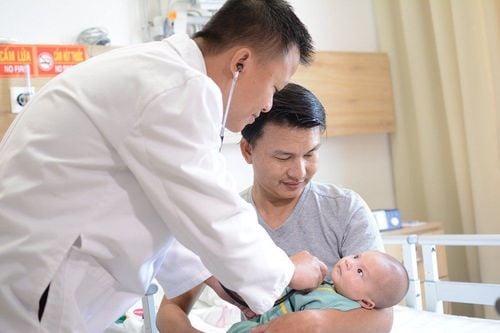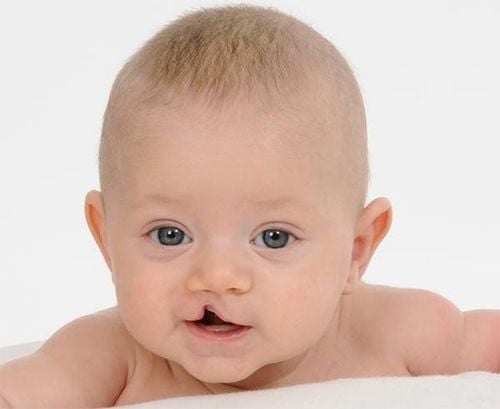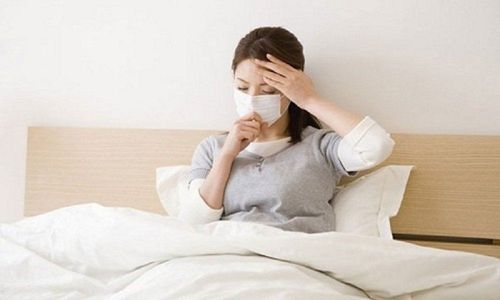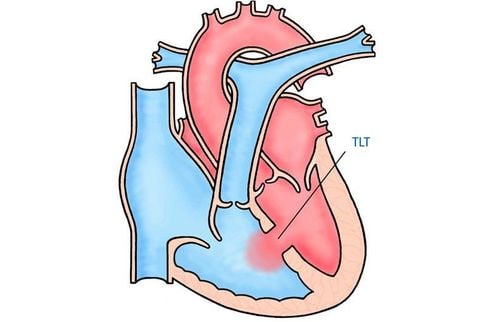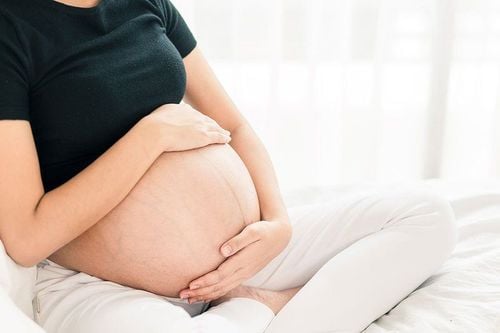This is an automatically translated article.
The article was professionally consulted by Specialist Doctor II Tran Van Trong - Specialist in Pediatric Surgery, Plastic Surgery - Aesthetics - Department of General Surgery - Vinmec Danang International Hospital.Treatment of cleft palate with surgery and after surgery can face some complications, so how to care for the patient after surgery is something to pay attention to to bring the best results. Usually, the time chosen for cleft palate surgery is when the child is 12 to 18 months old, the child is healthy enough and weighs over 10kg. After surgery, there may be some complications that adversely affect the results of surgery. Therefore, the care of patients with cleft palate surgery plays a very important role.
1. Instructions, care after cleft palate surgery
1.1 During hospital stay The first day after surgeryMonitor mental, mucous membranes, pulse, temperature. After arch surgery, edema of the pharynx and increased secretions can cause airway obstruction and difficulty breathing in pediatric patients. It is necessary to observe breathing rate, blood oxygen saturation level to detect abnormalities early. In case of signs of airway obstruction, the child should be placed on his or her side, sucking sputum. Monitor the color of oral secretions: If the light pink discharge is normal, the bright red discharge is the child at risk of bleeding, it is necessary to notify the medical staff. Monitor your child for vomiting because anesthetics can cause this side effect. Feeding: When the patient is fully awake, use a spoon to give cold milk to the child, small amount, divided into several meals. Pay attention not to give the baby a bottle and should feed the child 30 minutes after taking the pain reliever. Pay attention to keep your mouth and nose clean with a saline spray solution to avoid bacterial infections many times a day. Give your child cooled boiled water several times a day and after eating. Day 2 to day 4:
Monitor general status, breathing rate, temperature, blood oxygen saturation. Give the child cold milk to drink by pouring a spoon, in small quantities, divided into several meals a day. Clean mouth and nose with 0.9% NaCl solution or saline spray, drink boiled water to cool several times a day and after eating. After 5 days
Monitor the child's condition. Make sure your child's mouth and nose are clean. Feed your baby with a spoonful of cold foods prepared in liquid form. 1.2 After discharge from the hospital 1.2.1 Diet After surgery 2 weeks: Children can start to eat other foods such as nutritious porridge such as meat, fish, eggs, vegetables, tubers, fruits.. .. In the 3rd week after surgery, let the child eat more soft rice or crushed rice. Note that children in the first 3 weeks should not be allowed to use a straw, must eat with a spoon to avoid injuring the surgical area; Do not give children hard foods such as toast, biscuits, sugarcane...; One month after surgery, if the child recovers well, without any complications, the child can eat and drink normally like other children of the same age.
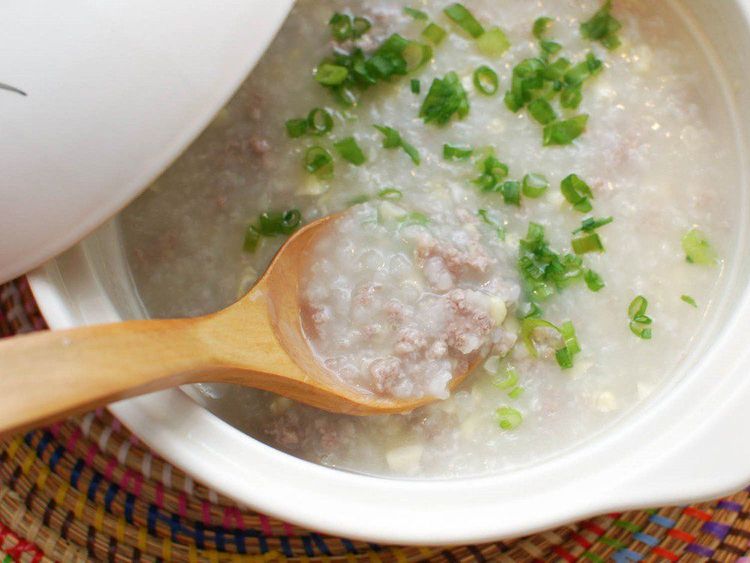
Cho trẻ ăn cháo khi ra viện
2. Monitoring and managing complications after surgery
2.1 Bleeding after surgery Follow up if the patient sees a lot of bright red blood in the oral cavity flowing through the nose. It is necessary to monitor the child's overall condition, put the child on his side and immediately notify the doctor about the child's condition.2.2 Infection of the surgical site Expression of fever, crying very uncomfortable, around the incision with pseudomembranous, bad breath. It is necessary to notify the doctor and take antibiotics, pain relievers and fever reducers as prescribed. Pay attention to keep the baby's nose and mouth clean with physiological saline regularly.
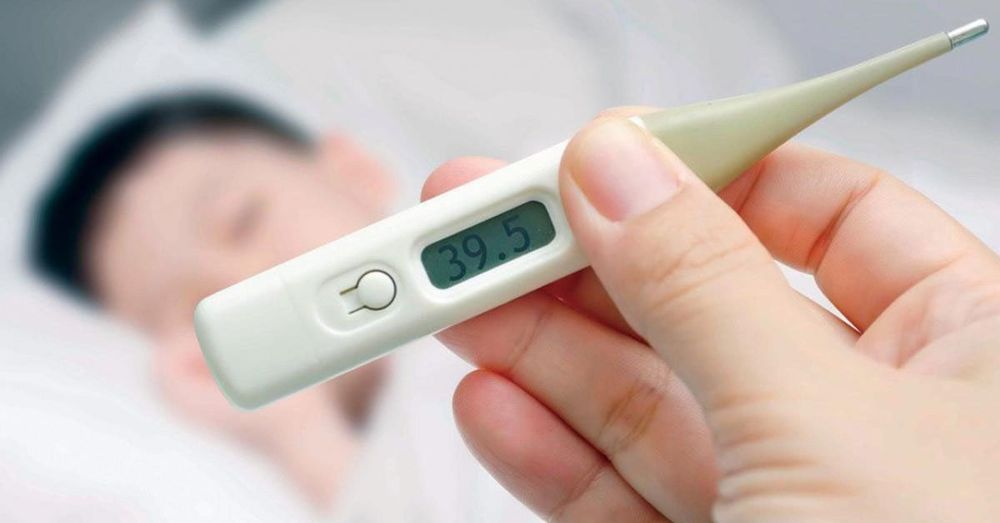
Cần chú ý biểu hiện trẻ sốt
Due to an operation, the child will be in pain and discomfort, may cry more, if there are no abnormal signs above, or difficulty breathing, parents do not need to be too worried, just monitor the child closely. is to be.
Proper care after cleft palate surgery is important for good recovery and limiting complications. Therefore, parents need to pay attention to follow the right things to keep in mind when feeding, caring for and monitoring children after surgery.
Dr. Trong has over 10 years of experience in Pediatric Surgery and Plastic Surgery - Aesthetic, and soon became one of the leading doctors in the field of Children's Surgery, especially Laparoscopic Surgery. and Plastic Surgery - Aesthetic.
To register for examination and treatment at Vinmec International General Hospital, you can contact Vinmec Health System nationwide, or register online HERE.
SEE ALSO:
Smile surgery for children with cleft palate 3 landmarks ultrasound fetal malformations pregnant women need to remember Why pregnant mothers need ultrasound screening for fetal malformations?





